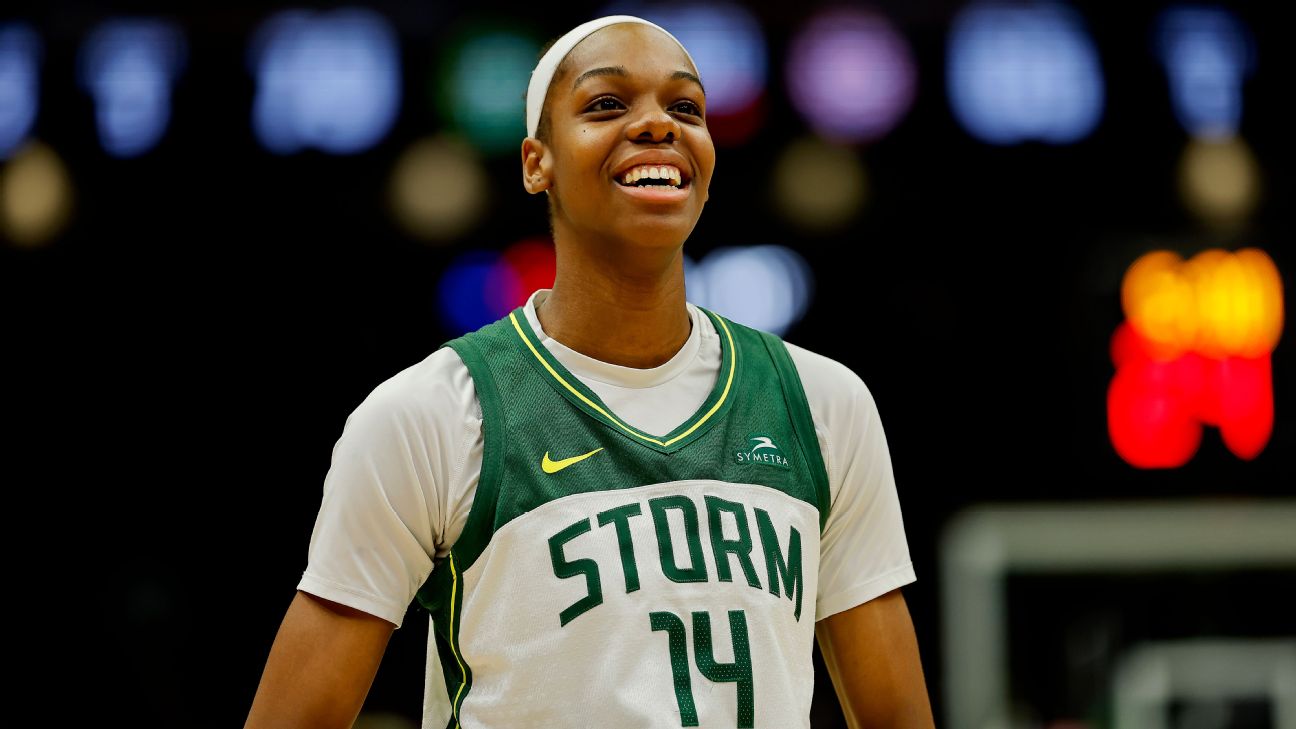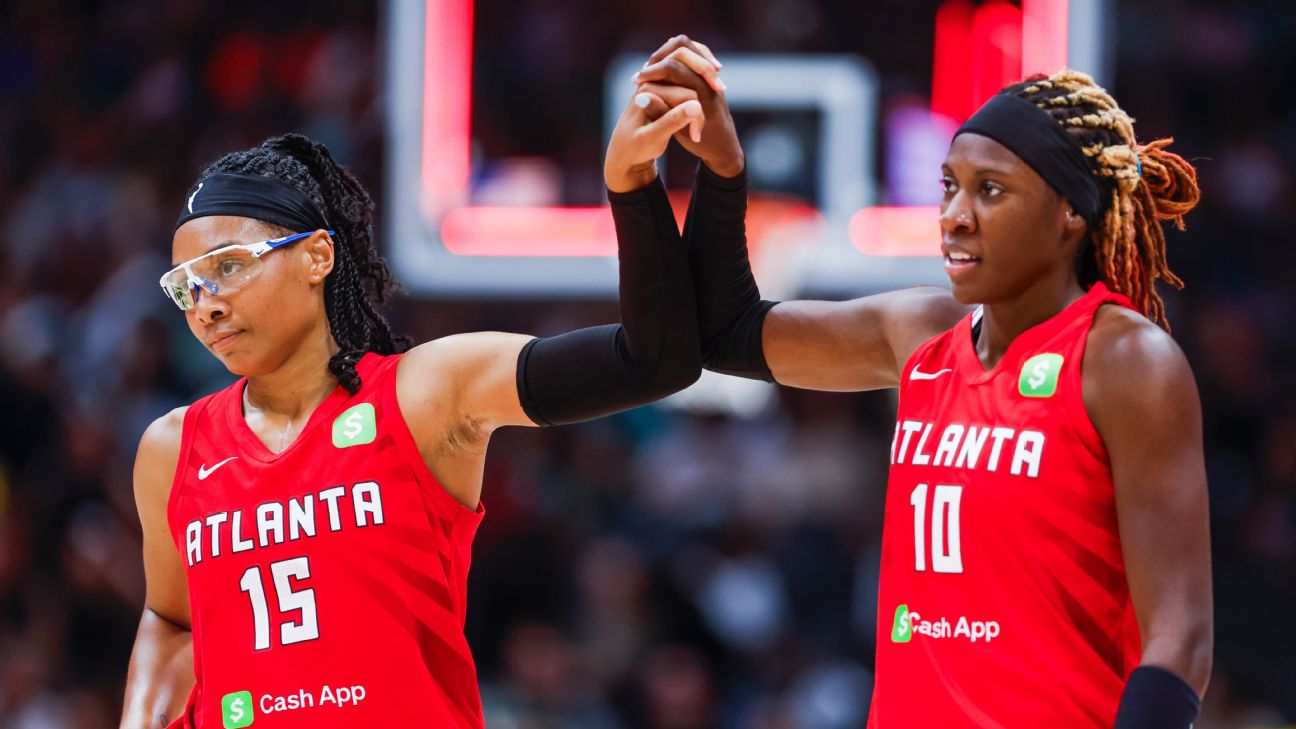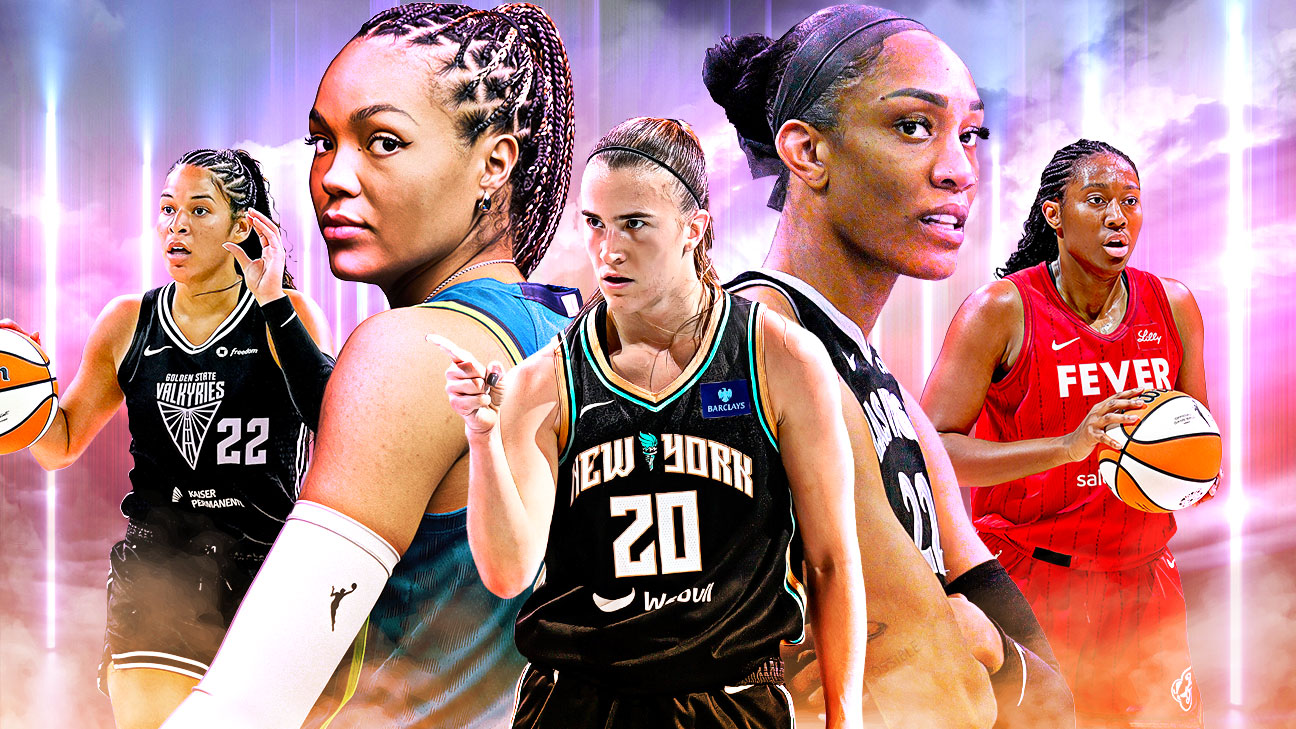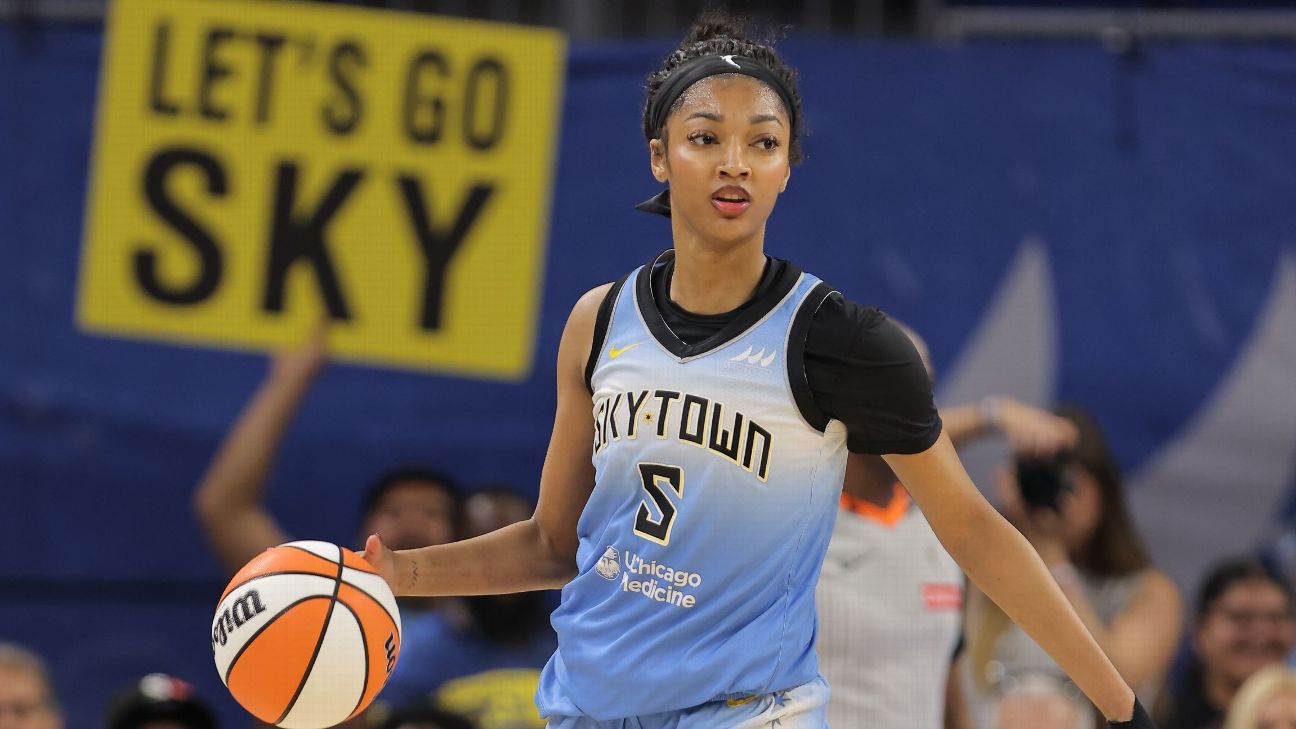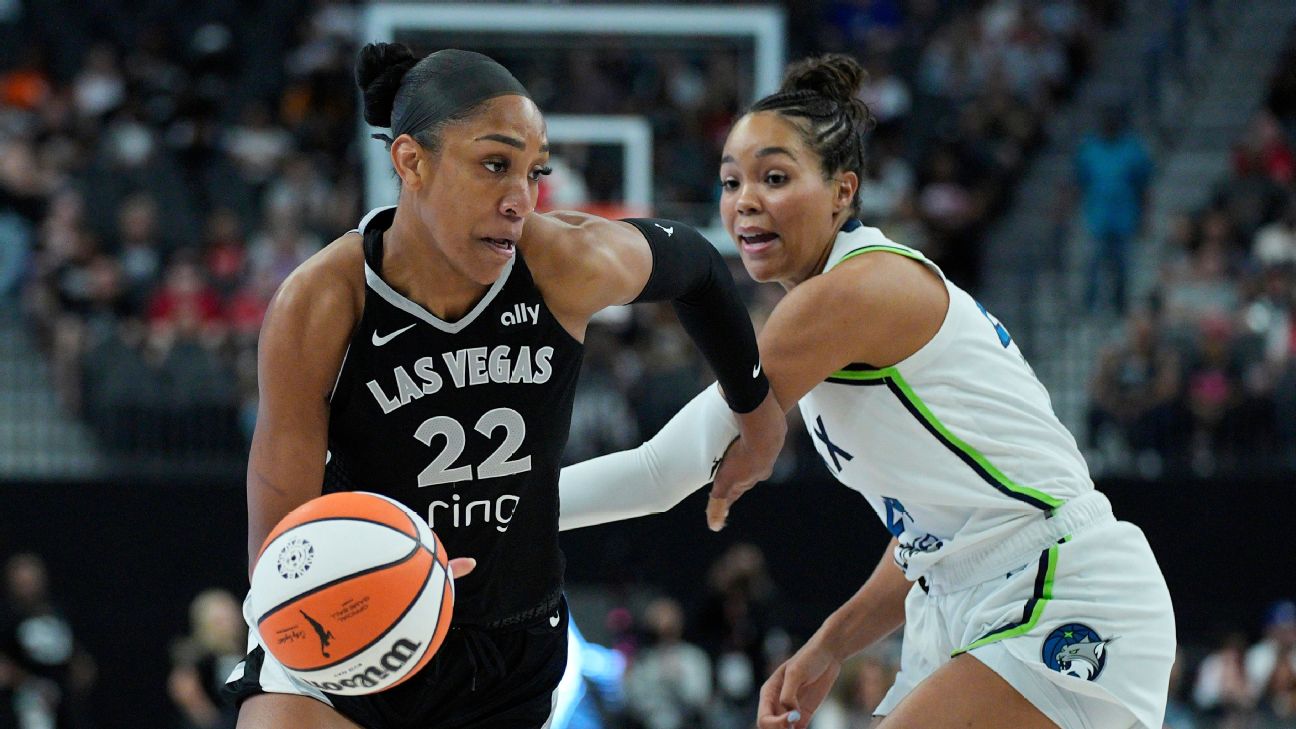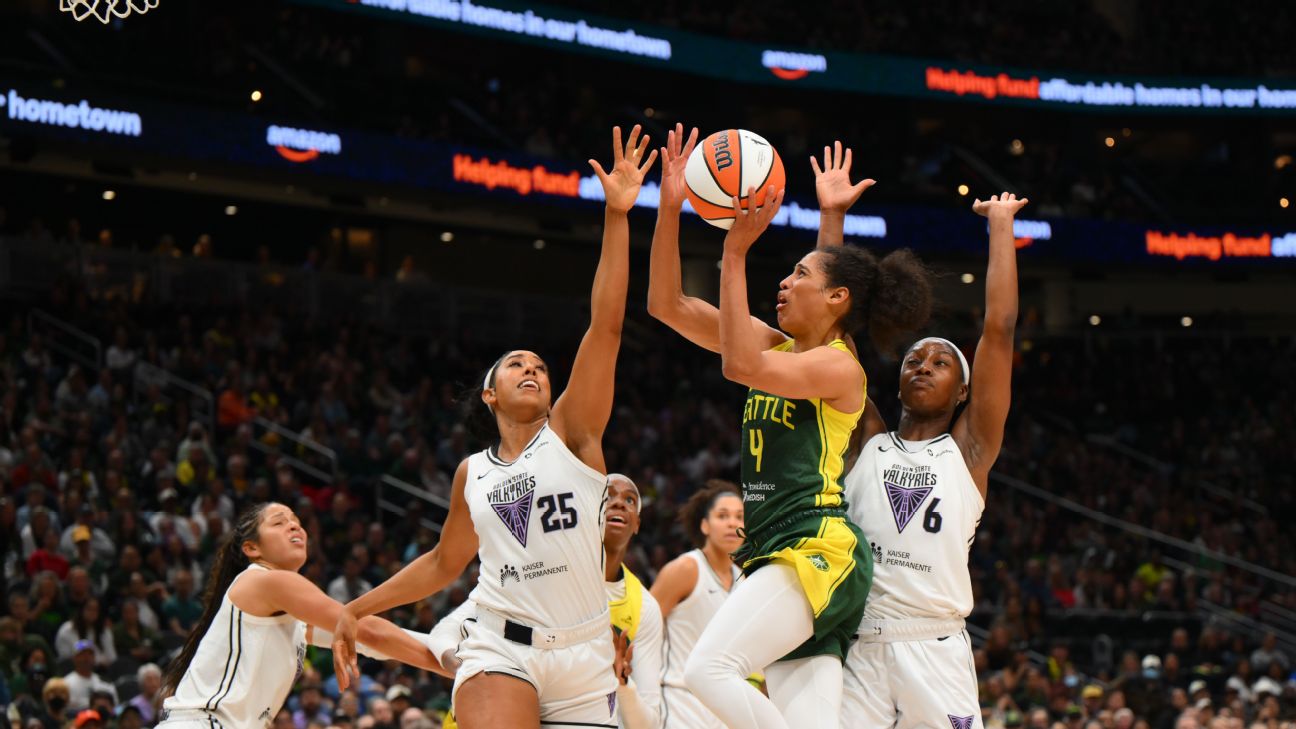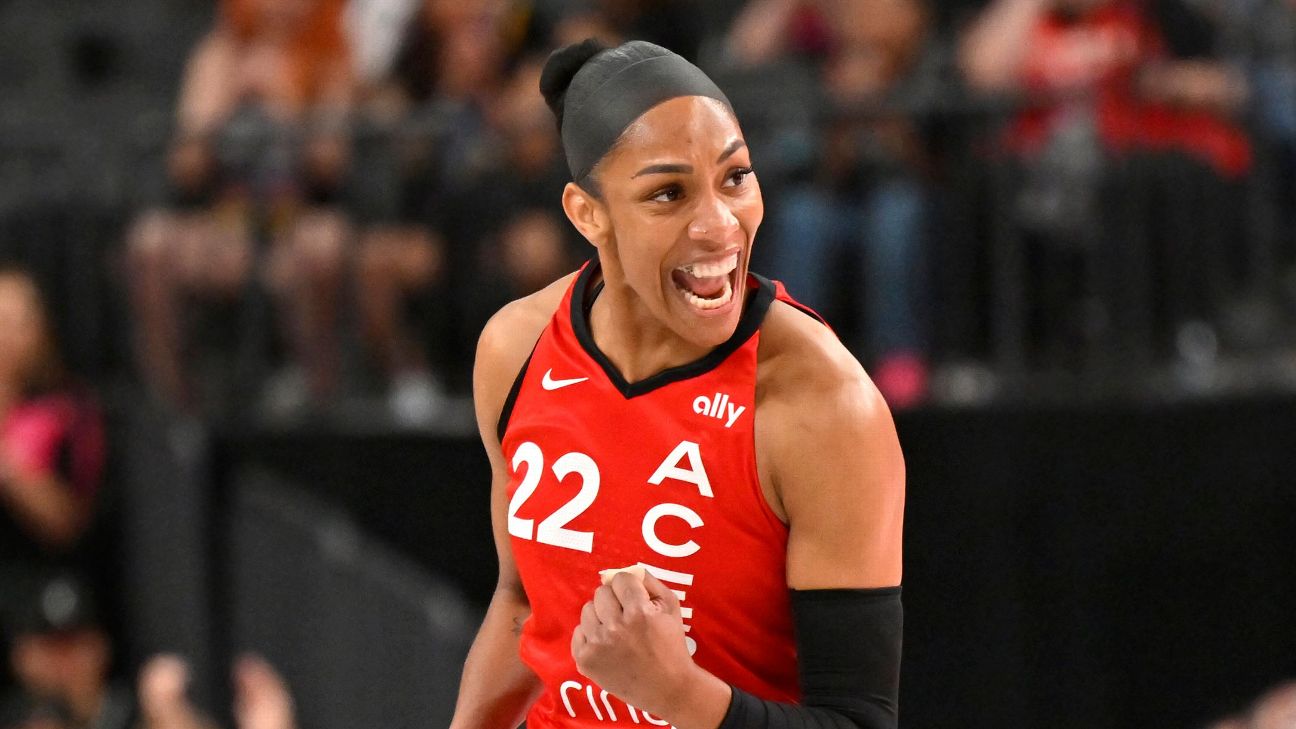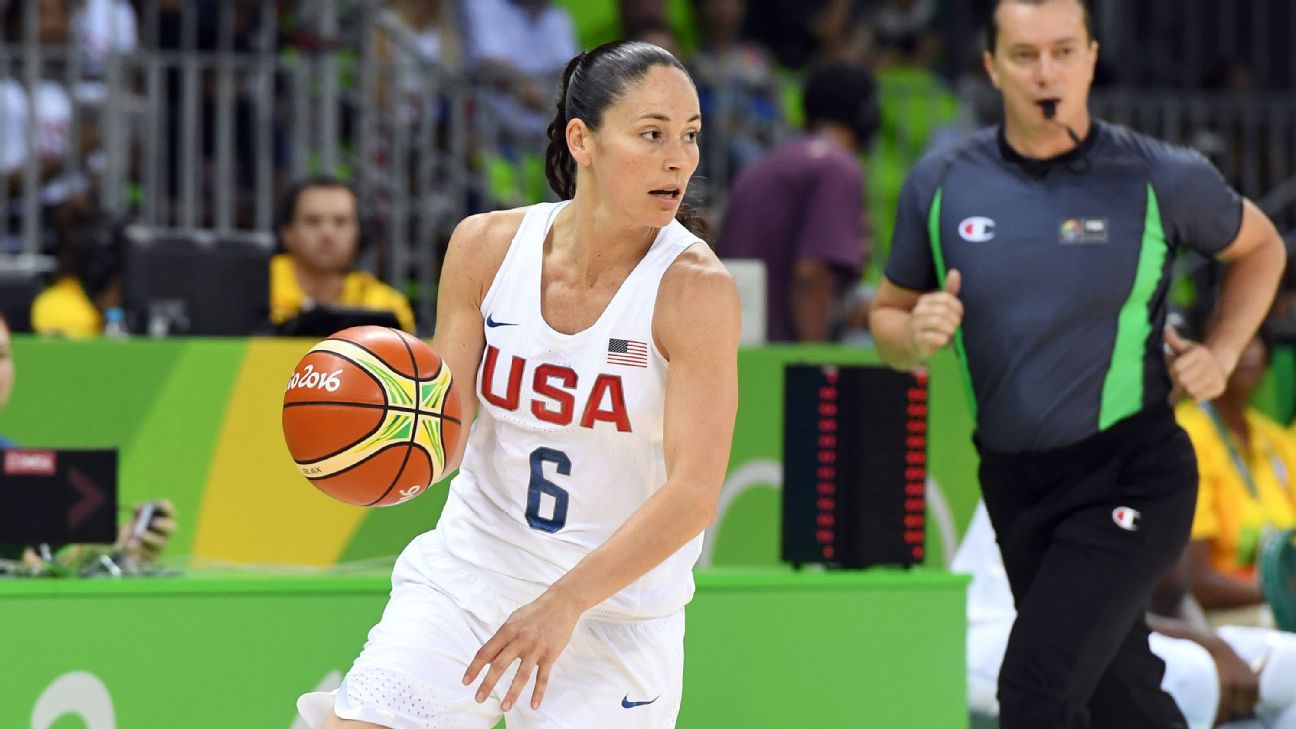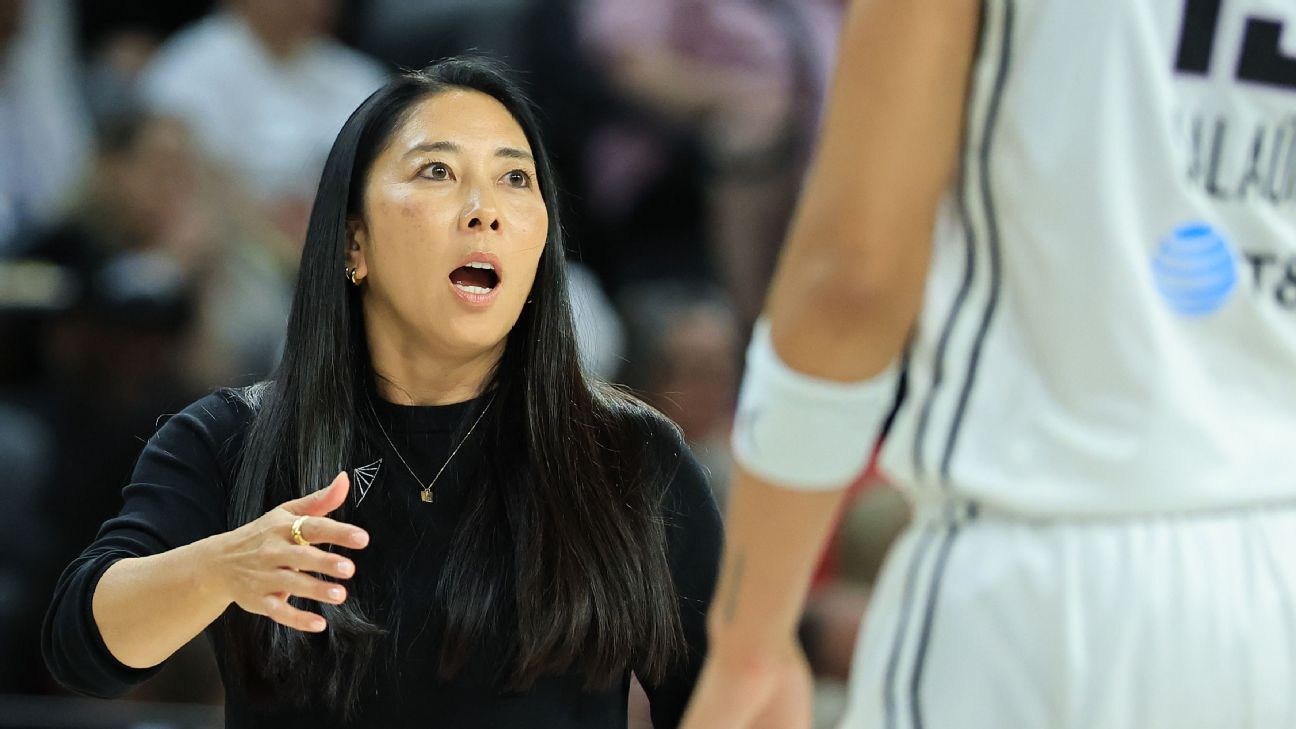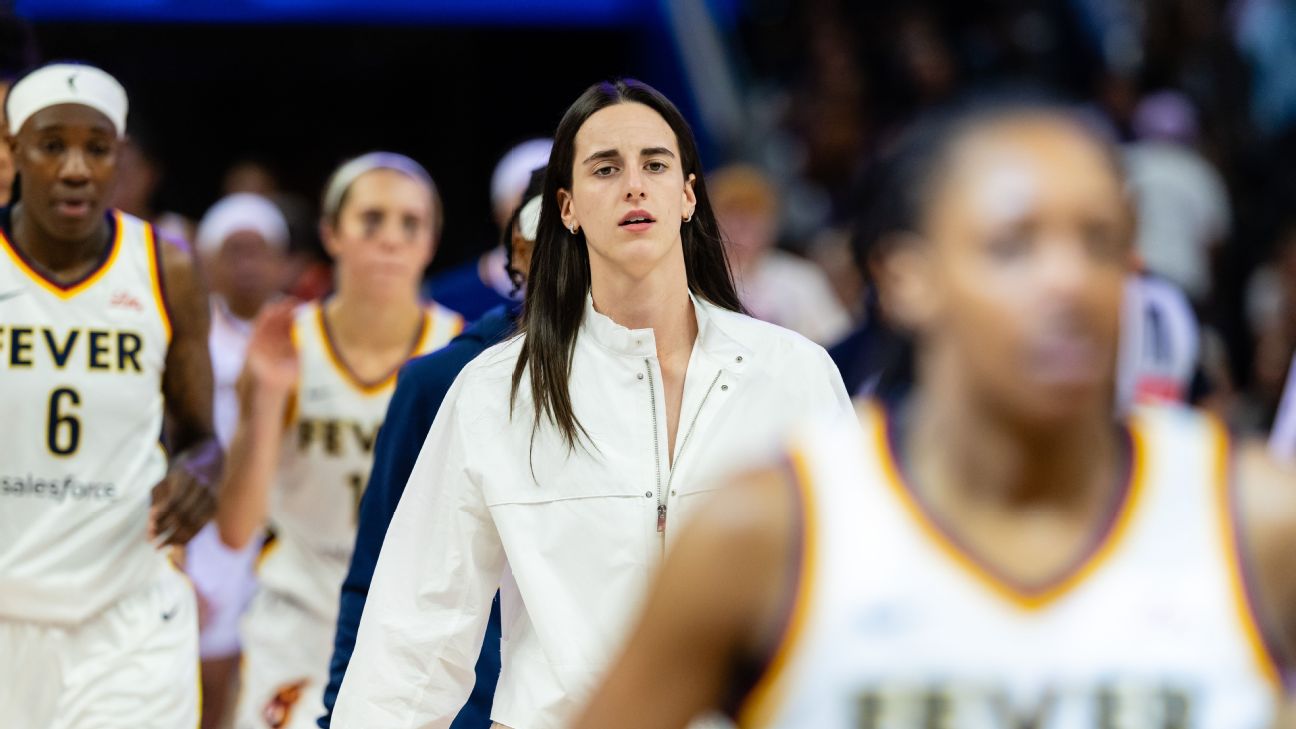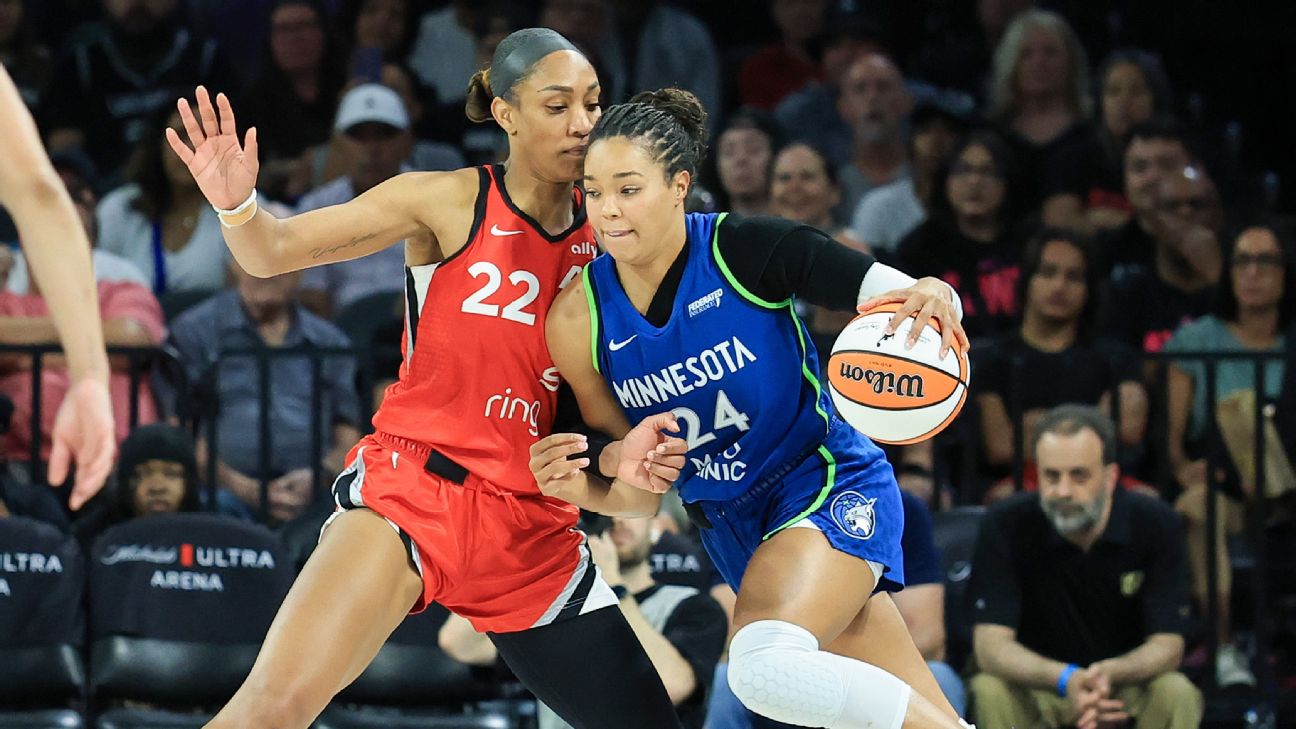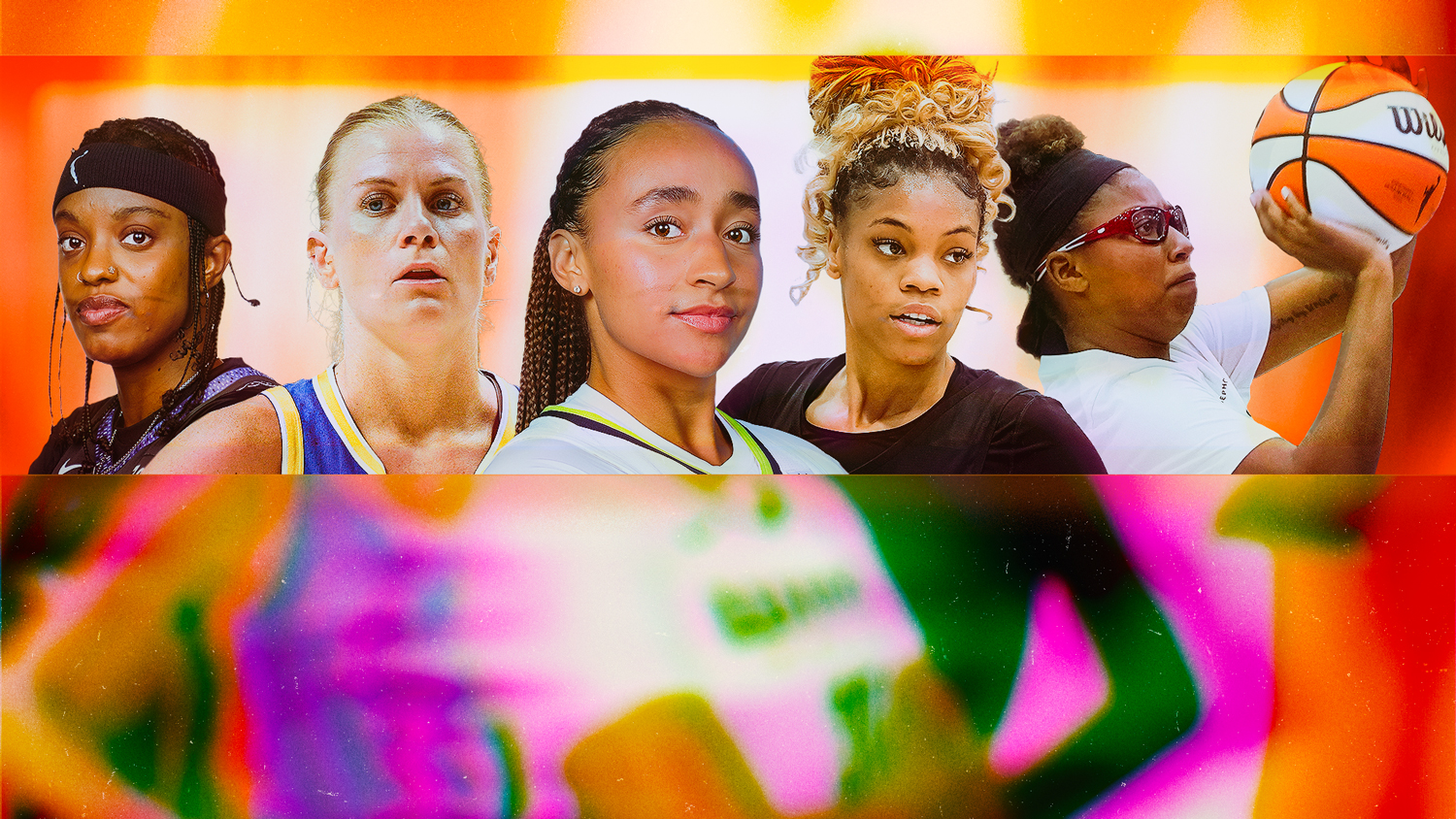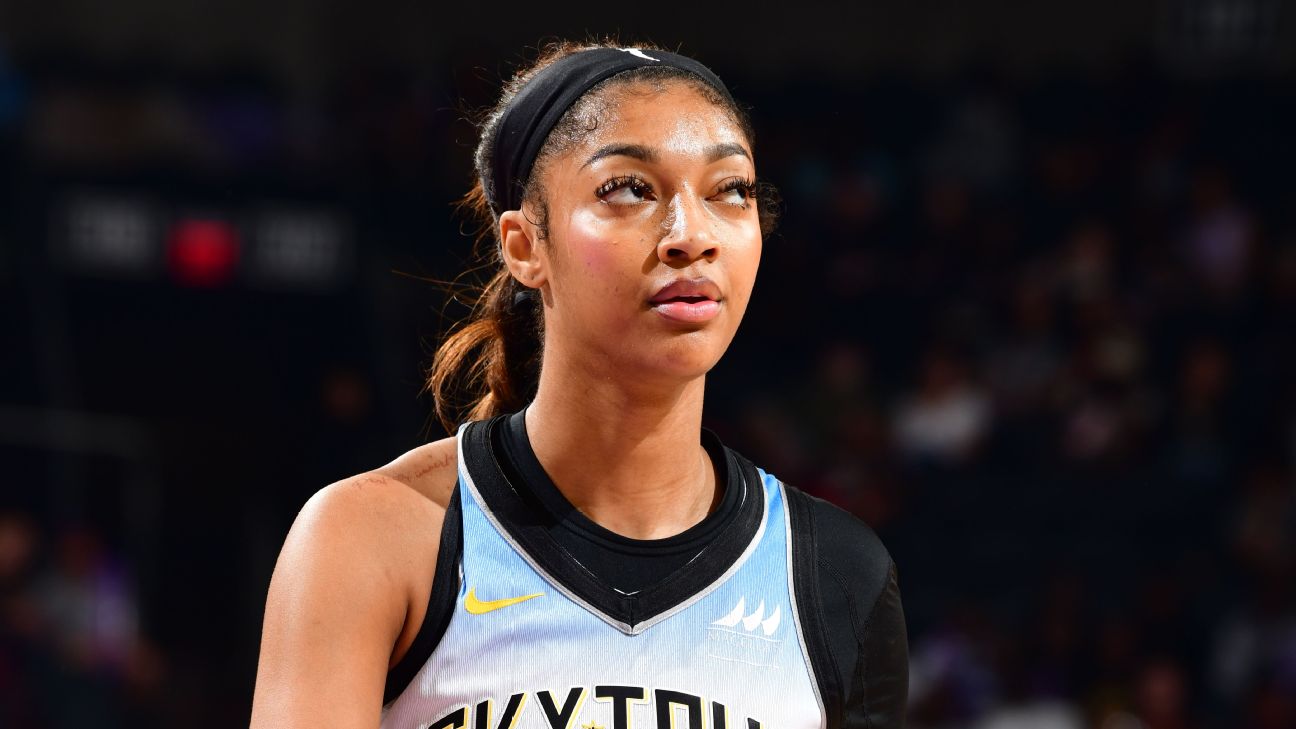Transformative Goals of the WNBA's Next CBA: Salaries, Travel, and Roster Size
Explore the transformative goals of the WNBA's next Collective Bargaining Agreement, focusing on salary increases, charter travel, and roster size adjustments.
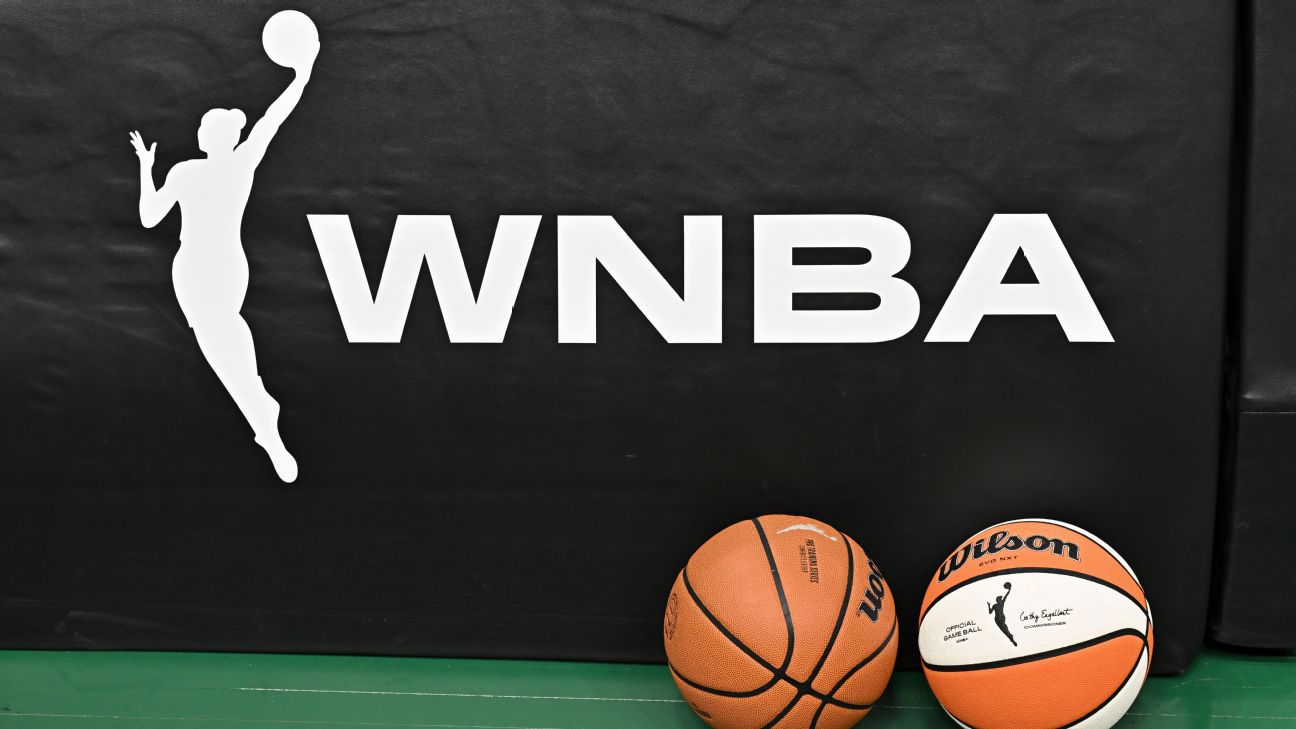
The WNBA is on the brink of a significant transformation as negotiations for the next Collective Bargaining Agreement (CBA) are underway. Key issues on the table include increased salaries, revenue sharing, and adjustments to roster sizes and travel accommodations.
Key Negotiation Points
Salary Increases The most anticipated change in the new CBA is the potential for significant salary increases for players. The last CBA in 2020 saw maximum salaries jump from $117,500 to $215,000. With the league's revenue streams improving, there's speculation that max salaries could reach up to $1 million, a substantial increase from the current $249,244 supermax.
Charter Travel Charter travel has become a non-negotiable for players, especially considering the health and safety benefits it provides. The WNBA first implemented private travel for all flights in May 2024, but this change is only guaranteed through the 2025 season. Players are advocating for charter travel to be permanently included in the CBA.
Roster Size Roster sizes have been capped at 12 players since 2014, but with the league expanding and the season extending to 44 games, there's a push to increase the number of players per team. Players argue that larger rosters would better accommodate the physical demands of a longer season and reduce the risk of injuries.
Players' Perspectives
Nneka Ogwumike, WNBPA President Nneka Ogwumike emphasizes that the focus is not just on higher salaries but on creating a sustainable and equitable system. "It's about the system, creating a new structure around salary—one that doesn't limit us the way it has in the past," she stated.
Terri Carmichael Jackson, WNBPA Executive Director Jackson highlights the evolution of the players' mindset from gratitude for having a league to demanding fair compensation and benefits. "Our hope is that the league and the teams are aiming for the same goal. In women's sports, it is particularly true that when the players win, everyone wins," she said.
Owners' Considerations
Owners are expected to hold firm on prioritization rules, which mandate that players prioritize the WNBA over overseas commitments. They are also likely to advocate for maintaining a hard salary cap and core-player designations to ensure competitive balance.
Potential Changes and Future Outlook
Revenue Sharing One area where owners might be more flexible is revenue sharing. Adjusting the targets required to trigger revenue sharing could make it more attainable for players, aligning their gains with the league's growth.
Draft Eligibility Rules There's also discussion around simplifying draft eligibility rules, potentially aligning them more closely with those of Major League Baseball, where players are draft-eligible after their junior season or when they turn 21.
Conclusion
The upcoming CBA negotiations are pivotal for the WNBA's future. With the league expanding and gaining more visibility, the new agreement has the potential to set a precedent for professional women's sports, ensuring that players are fairly compensated and that the league continues to grow sustainably.












